Genetics
-
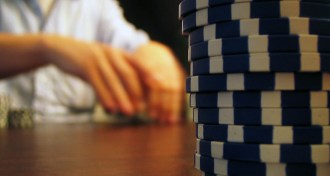 Genetics
GeneticsHow you bet is affected by your genes
When betting, people's decisions are influenced by variations in a set of genes that regulate the brain chemical dopamine.
-

-
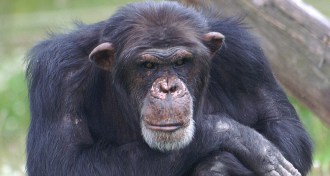 Genetics
GeneticsChimp and human lineages may have split twice as long ago as thought
New estimates of chimpanzee mutation rates suggest humans and chimps last shared a common ancestor 13 million years ago.
-
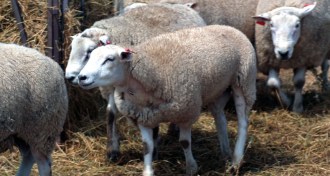 Genetics
GeneticsWool pulled from sheep’s genetic code
Sheep's genetic sequence, comprised of 2.6 billion base pairs, offers clues to how the animals maintain extra woolly coats and when they evolved from other livestock.
-
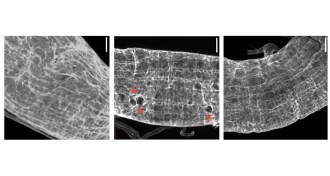 Genetics
GeneticsBromine found to be essential to animal life
Fruit flies deprived of the element bromine can’t make normal connective tissue that supports cells and either don’t hatch or die as larvae.
-
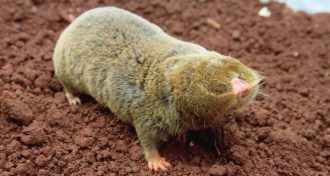 Genetics
GeneticsBlind mole-rats are loaded with anticancer genes
Genes of the long-lived blind mole-rat help explain how the animal evades cancer and why it lost vision.
-
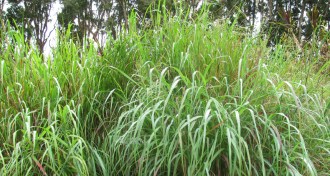 Chemistry
ChemistryBacteria take plants to biofuel in one step
Engineered bacterium singlehandedly dismantles tough switchgrass molecules, making sugars that it ferments to make ethanol.
By Beth Mole -
 Microbes
MicrobesIrish potato famine microbe traced to Mexico
The pathogen that triggered the Irish potato famine in the 1840s originated in central Mexico, not the Andes, as some studies had suggested.
-
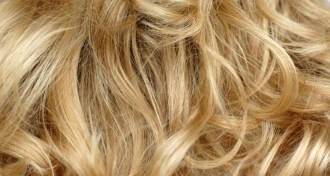 Genetics
GeneticsHow a genetic quirk makes hair naturally blond
Natural blonds don’t need hair dye. They have a variation on a genetic enhancer that dampens pigment production in their hair follicles, scientists say.
-
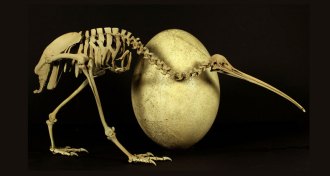 Life
LifeFlightless birds’ history upset by ancient DNA
The closest known relatives of New Zealand’s small, flightless kiwis were Madagascar’s elephant birds, so ancestors must have done some flying rather than just drifting with continents.
By Susan Milius -
 Genetics
GeneticsQatari people carry genetic trace of early migrants out of Africa
Qatari genomes carry shards of DNA that date back 60,000 years, when humans began to leave Africa.
-
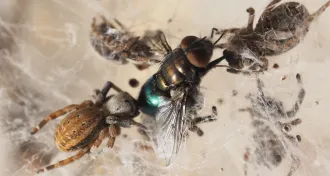 Genetics
GeneticsSpider genomes give hints about venom, silk production
The genetic codes identify new proteins that may be involved in making and turning on toxins in venom and also those used to make spider silk.